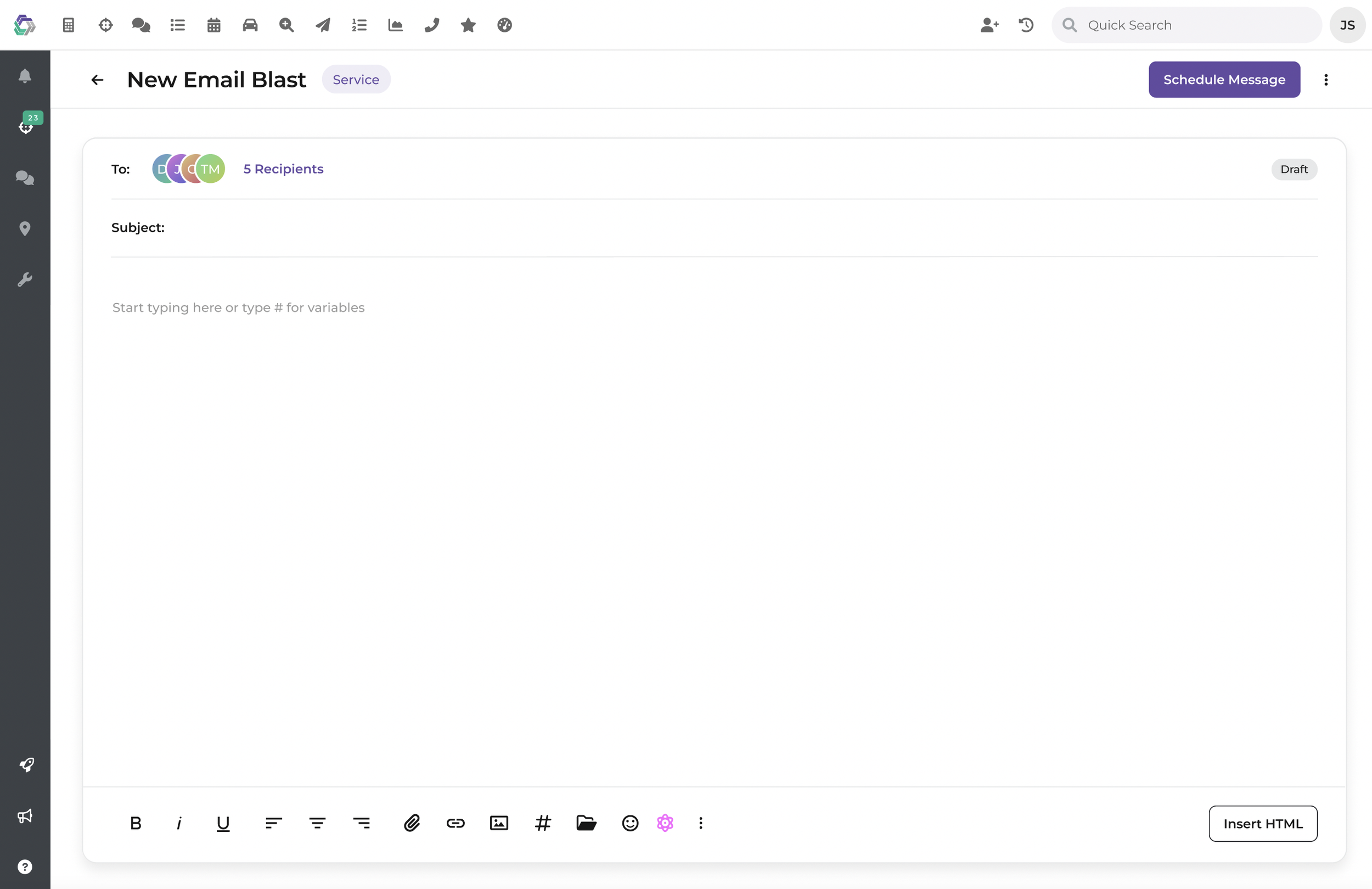Invisibly
Maximizing the value of users data to earn premium rewards.
How it STarted
Founded by Square Co-founder Jim McKelvey, Invisibly introduced the world to maximizing the value of your data and actually use it. They wanted to capitalize on the fact that all users are already paying with their data but don't understand the actual value that it can provide them.
The Invisibly team wanted to elevate the UI to compete with leading apps as well as increase the speed of output. Because of this, I was approached by the CEO to evolve the UI and UX of their product.
Core Properties
DriveCentric had just gone through a rebrand with a new logo and other branding elements. Leadership was able to provide me with full control to evolve their brand guidelines into a fully functioning design system. Starting with properties like spacing, radius of shapes, shadows, and more, I began to lay out the structure for not only the design system but also how the system would be organized for easy handoff to devs and easy use for future designers.
Color
Creating colors in a design system involves developing a cohesive and versatile palette that reflects the brand's identity and enhances user experience. I looked to leverage the primary colors from the brand guide and then, expand this selection to include semantic colors and other accent colors that complement the primary choices and provide visual interest. Additionally, I included shades, tints, and neutrals for flexibility and accessibility. Through the process I wanted to ensure there's sufficient contrast, especially for text, to meet accessibility standards.
Typography
Again taking cues from the brand guidelines, I created an extensive set of typography tokens to be used in every product that DriveCentric has and will have. This will allow for easy implementation from dev but also flexibility for designers to use depending on the visual look and feel they wanted to establish.
Base Components
Once the core properties were created I moved on to base components essential to any product such as buttons, tags, chips, inputs and more. Each of these components had their own dedicated page in Figma with:
Component
Various states & sizes
Properties
Anatomy of the component
Examples
Complex Components
After the base components were created, I began to create more complex components that were already being used in DriveCentric's product. This allowed me to slowly evolve the current disjointed design language to a more cohesive and advanced design language.
Results
With now 2 full-time designers on staff who are able to quickly create designs for new features or made adjustments to legacy features, DriveCentric is able to move at an even quicker pace. The dev team is in progress to build out the entire designs system in the dev ecosystem which will result in even quicker roll out of new products and features to continue to have DriveCentric be a leader in the market and beyond.
























